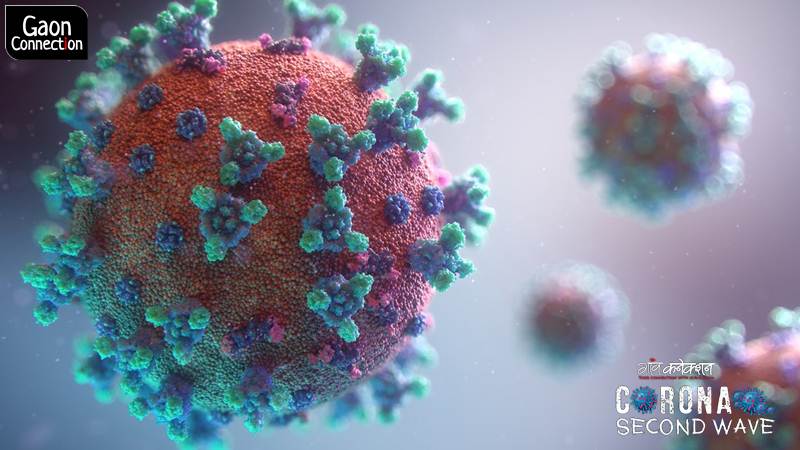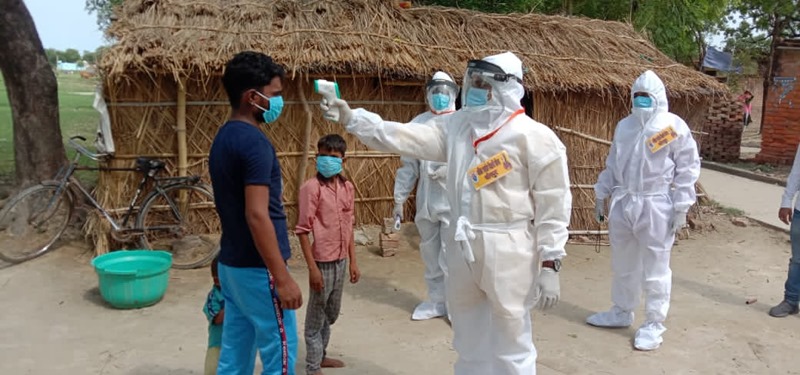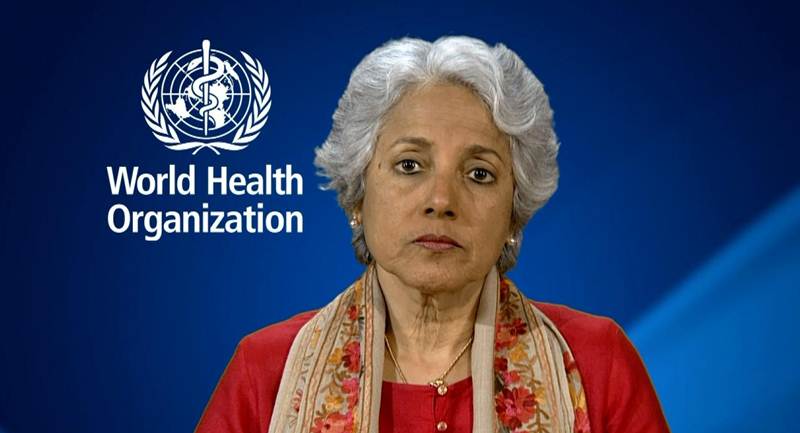Explained: What is the third wave of COVID19? Will it hit India? Are kids at greater risk?
As daily COVID cases fall, India is emerging from a deadly second wave of the pandemic. Speculations are rife about the possibility of a ‘third wave’. What gives rise to these waves in a pandemic? Will the third wave hit India? More details here.


There is no clarity on whether children are at a higher risk in the third wave of the pandemic.
In March, this year, when people began to get rid of the pandemic blues, wearing of masks and physical distancing was getting lenient as the days advanced, the nation was caught in the grip of a much deadlier ‘second wave’ of the COVID19.
Rural India, which escaped the COVID19 fury in the first wave last year, was in the grip of the pandemic in the second wave as village after village reported COVID-19 like symptoms and deaths rose sharply.
Also Read: What Health Ministry’s latest COVID19 guidelines suggest for treatment of mild, asymptomatic cases
The daily cases of COVID19 have begun to rise again, almost a month after the second wave was deemed to be over.

As COVID numbers dropped, states started their unlocking processes. But, the possibility of a ‘third wave’ is lurking. Chief Ministers of Delhi and Maharashtra — Arvind Kejriwal and Uddhav Thackeray were amongst the first chief ministers to admit that preparations are on in their states to face a ‘third wave’ of coronavirus pandemic.
Explained: Here’s why steroids’ irrational use for COVID19 treatment could be risky
What are these waves in the pandemic?
A wave in a pandemic is not a specialised phenomenon. The outbreak is measured in waves as and when the number of cases start rising after a long period of lull which gives the illusion that the infection has receded.
The same happened in March-April this year.

As the cases began to increase rapidly, on April 22, India posted the highest number of COVID19 cases globally as it recorded 314,835 cases surpassing the daily record of the United States which had reported 297,430 cases in January.
Explained: What is ‘long COVID’ — how is vaccination expected to affect such patients?
India finally recorded the highest number of COVID19 cases in a day when it posted 412,262 cases on May 6.
Today, on July 30 , 44,230 COVID19 cases were recorded in the last 24 hours along with 555 deaths.

Is the third wave likely to hit India?
“The probability of a third wave is very much there,” said Satish Kumar Gadi, a senior physician, who has been a doctor in the Indian Army and served as Chief Medical Director at the Indian Railways before retiring.
“But it is a saying that ‘forewarned is forearmed’. Delhi itself will have to be prepared for 36,000 to 37,000 clinical admissions per day. The government will have to listen to the experts,” he added.
Recently, Soumya Swaminathan, chief scientist at the World Health Organization, was also quoted as saying that India should strengthen its surveillance and closely monitor key COVID-19 indicators to reduce the extent of a possible third wave.
Also Read: Can being around a poultry farm or consuming chicken infect you with black fungus?
Swaminathan also said that genomic surveillance, research and analysis of available data from the first and second wave, and data on sero-surveillance will also be crucial to deal with the third wave.

Meanwhile, as per news reports, Brazil is already bracing for the third wave of the COVID19 pandemic.
Are children more at risk from COVID19 infection in the third wave?
There is no clarity on whether children are at a higher risk in the third wave of the pandemic.
Last month, the National Commission for Protection of Child Rights (NCPCR) urged the Union Health Ministry and states to take cognizance of the preparations to tackle the upcoming third wave of COVID-19 — which experts say is likely to impact the younger population significantly.
Also Read: Leaking roofs, missing doors, weeds everywhere and few staff: Rural health centres in shambles
Meanwhile, Randeep Guleria, director of New Delhi-based All India Institute Of Medical Science [AIIMS] and a member of India’s COVID task force clarified on May 24 that there is no indication as of now of children being more vulnerable to the third wave of COVID19.
“It has been said that children will be infected the most in the third wave but the Pediatrics Association has said that this is not based on facts. It might not impact children so people should not fear,” said Guleria. He was speaking during an official media briefing, at the National Media Centre, organised by the Ministry of Health and Family Welfare.
Swaminathan was also quoted as saying that there is no scientific basis to say that children and teens will be more affected by the third wave.

